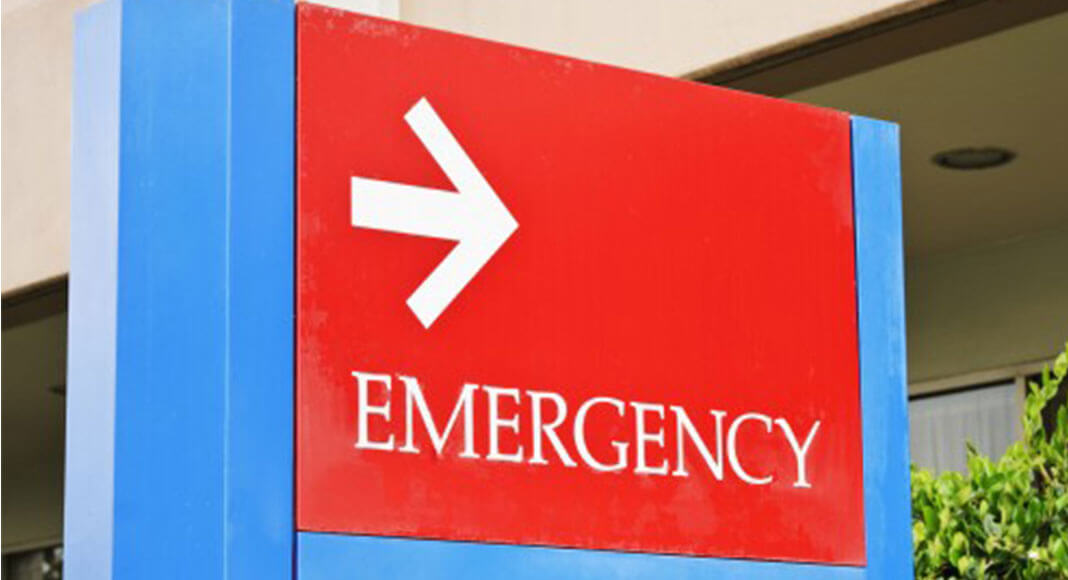
Mega Doctor News
Newswise — LOS ANGELES — Breast cancer is the most commonly diagnosed cancer among American women and surgery is a primary treatment for these women. Among women receiving surgery, up to 13% will have a post-operative visit to an emergency department, according to recent research.
A new study from USC Norris Comprehensive Cancer Center, part of Keck Medicine of USC, discovered there is a greater likelihood that Hispanic and non-Hispanic Black women will have a post-surgery emergency department visit within 90 days than non-Hispanic white women.
“It is well-documented that women of color consistently experience worse outcomes in breast cancer — for example, they tend to be diagnosed with later-stage cancer and experience longer delays in treatment — and we wanted to see if this disparity was reflected in emergency department visits following surgery as well,” said Mary Falcone, PhD, a research scientist at the cancer center and lead author of the study.
Led by Caryn Lerman, PhD, director of USC Norris and senior author of the study, researchers used data from the California Cancer Registry and California’s Office of Statewide Health Planning and Development to identify approximately 151,000 women in California who were diagnosed with stage 0-3 breast cancer between 2005 and 2013 and received surgical treatment.
After examining other potential influences on emergency room visits, such as age, socioeconomic status, and the type of hospital where the patients received their treatment, they discovered that non-Hispanic Black women had an almost 40% greater chance of an emergency room visit and Hispanic women an 11% greater chance than non-Hispanic white women.
The study tracked both breast cancer-related emergency department visits and non-breast cancer-related visits. Among those with breast cancer-related emergency department visits, the most common reasons included complications from surgery or cancer treatments, such as chemotherapy.
The study also found increased rates of emergency department visits for women covered by Medicaid and Medicare versus commercial insurance. However, not all patients benefitted equally from similar insurance coverage: Hispanic and non-Hispanic Black women with commercial insurance showed a slightly smaller reduction in visits than non-Hispanic white women.
Notably, receiving surgery at a National Cancer Institute (NCI)–designated comprehensive cancer center was associated with reduced odds of an emergency department visit across all demographics. USC Norris is an NCI-designated comprehensive cancer center, but not all cancer centers have received this designation, which applies rigorous standards.
“Understanding and reducing inequities in access to cancer care is vital to reducing the significant ethnic and racial disparities in cancer mortality,” said Lerman, who is also the H. Leslie and Elaine S. Hoffman Chair in Cancer Research and associate dean for cancer programs at the Keck School of Medicine of USC. “Women should not have to seek emergency treatment for conditions that may be avoided with access to proper care.”
Future studies at USC Norris will examine the interaction between insurance coverage, health care utilization and race and ethnicity, as well as how culturally competent patient navigation might improve outcomes for patients of diverse ethnic and racial backgrounds.
“We hope our study can shed light on a previously unreported problem and in doing so, guide the development of interventions to reduce the burden of cancer for patients,” Falcone said.









